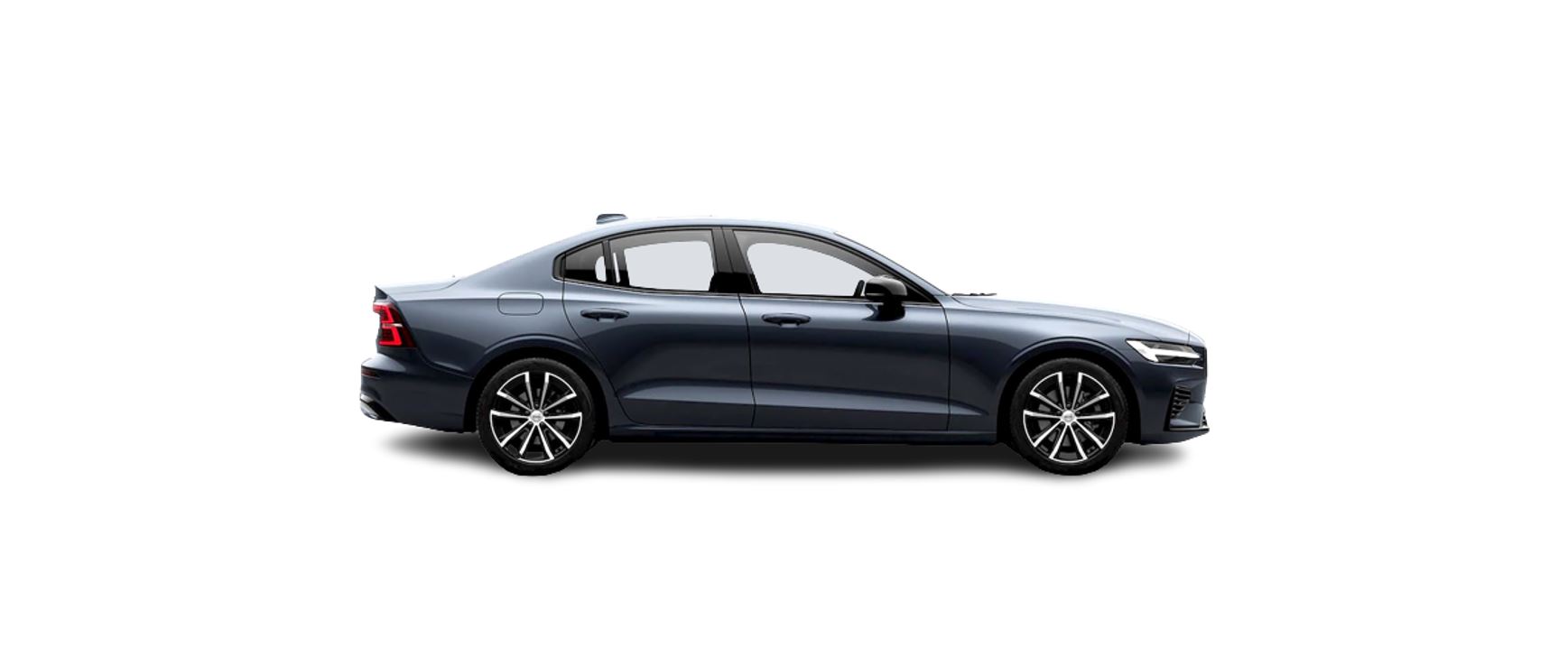Preparations and towing
- Do not tow cars with automatic transmission at speeds higher than 80 km/h (50 mph) or for distances in excess of 80 km (50 miles).
- Towing a car with the seven-speed gearbox is not permitted. Instead, the car must be transported raised with all the wheels on a recovery vehicle’s platform.
- Ignition position II must be active – in ignition position I all airbags are deactivated.
- Always keep the key in the car when it is being towed.
- Activate the car’s hazard warning flashers.
- Secure the towline in the towing eye.
- Set the car in ignition position II – turn the start knob clockwise without depressing the brake pedal, and hold the knob in place for approx. 4 seconds. Then release the knob, which automatically returns to its starting position.
- Move the gear selector to neutral position and release the parking brake. If the battery voltage is too low, the parking brake cannot be disengaged. Connect a donor battery if the battery voltage is too low.
>The towing vehicle can now start towing. - Keep the towline taut when the towing vehicle reduces speed by holding your foot gently pressed on the brake pedal – thereby avoiding unnecessary jerking.
- Be prepared to brake to stop.
Jump starting
Fitting and removing the towing eye
Use the towing eye for towing. The towing eye is screwed into a threaded socket behind a cover on the right-hand side of the bumper, front or rear.
Fitting the towing eye
Take out the towing eye from the foam block under the floor in the cargo area.
>The cover pivots around its centre line and can then be removed.
>The cover pivots around its centre line and can then be removed.- Screw in the towing eye until it reaches its end stop. Screw the eye in firmly. For example, thread through the wheel bolt wrench and use it as a lever.
Points to remember before using the towing eye
- The towing eye may be used to pull the car up onto a recovery vehicle with a flatbed platform. The car’s position and ground clearance determine whether it is possible.
- If the slope of the recovery vehicle’s ramp is too steep, or if the ground clearance under the car is inadequate, then the car may be damaged if you try to pull it up using the towing eye.
- If necessary, raise the car by using the recovery vehicle’s lifting device. Do not use the towing eye.
Removing the towing eye
Unscrew and remove the towing eye after use and return it to its foam block. Finish by refitting the cover onto the bumper.
Recovery
For recovery, the car is taken away with the help of another vehicle.
Call a recovery service for recovery assistance.
The towing eye can be used to pull the car up onto a recovery vehicle with a flatbed platform.
If the car is equipped with air suspension (Option/accessory), this must be disabled before the car is raised. Deactivating the function via the centre display.
- Press
- Select Driving.
- Select to activate or deactivate air suspension.
The car’s position and ground clearance determine whether it is possible to pull it up onto a flatbed platform. If the slope of the recovery vehicle’s ramp is too steep, or if the ground clearance under the car is inadequate, then the car may be damaged if you try to pull it up. The car should then be lifted using the recovery vehicle’s lifting device.
Safety mode
Safety mode is a protective state that is triggered when a collision may have damaged any of the car’s vital functions, such as the fuel lines, sensors for any of the safety systems, or the brake system. If the car has been in a collision, the message Safety mode See Owner’s manual may be shown on the driver display with a warning symbol as long as the display is not damaged and the car’s electrical system is still in working order. This message means that the car has reduced functionality.
Starting and moving the car after safety mode
If the car is in safety mode, it is possible to attempt to reset the system in order to start and move the car for a short distance, if in a dangerous traffic situation for example.
Reset and start the car after safety mode
- Check the general damage situation of the car and whether any fuel has been leaking. There must be no smell of fuel either. If there is only minor damage and a check has revealed no fuel leaks, starting can be attempted.
- Switch off the car manually.
- Then try to start the car.
>The car’s electronics carry out a systems check and then try to resume normal status.
Moving the car after safety mode
- If the driver display shows the message The car is now in normal mode after a start attempt, the car can be carefully moved if standing in a dangerous position.
- Do not move the car further than necessary.




